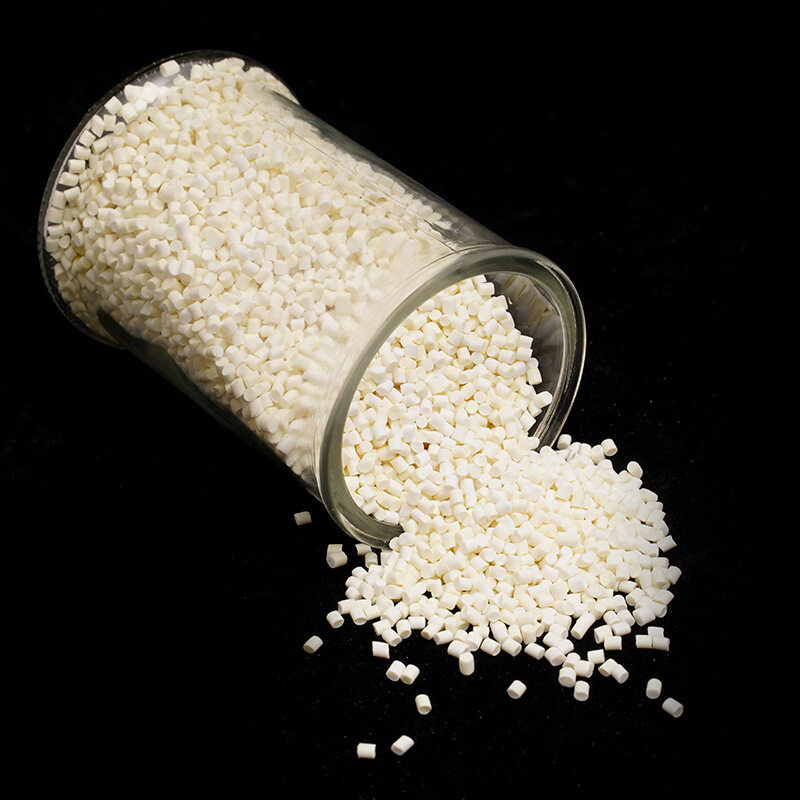Error de formato de correo electrónico
emailCannotEmpty
emailDoesExist
pwdLetterLimtTip
inconsistentPwd
pwdLetterLimtTip
inconsistentPwd

Offer Technical Support and Customized Solutions
The company is committed to creating new and improved plastic materials to meet the evolving demands of the market.

xploring the Difference Between Thermoplastics, Thermosets, and Elastomers
Introduction:
In the vast realm of materials science, polymers play a pivotal role, and understanding the nuances between various polymer types is crucial. This article delves into the dynamic world of polymers, with a primary focus on deciphering the difference between thermoplastics, thermosets, and elastomers.
Types of Polymers: A Chemical Tapestry:
Polymers, macromolecules composed of repeating subunits, come in diverse forms. Our exploration begins with a discussion on the chemical structure, where thermoplastics showcase a distinctive molecular arrangement that allows them to undergo reversible changes with heat. On the contrary, thermosets undergo irreversible crosslinking, granting them heightened stability at higher temperatures. Elastomers, situated between these extremes, exhibit partial crosslinking, providing unique flexibility.
Properties Speak Louder than Words:
The properties of polymers are a testament to their versatility. Thermoplastics, with their malleability and lower melting points, find applications in industries requiring flexibility. Meanwhile, thermosets, owing to their irreversible cure process, boast enhanced rigidity and are preferred in high-temperature environments. Elastomers, with their reversible deformation, bridge the gap, catering to applications demanding elasticity.
Processing and Molding: Crafting Polymer Masterpieces:
The manufacturing processes of these polymers shed light on their practical applications. Thermoplastics, amenable to heat-induced molding, exhibit recyclability, making them eco-friendly contenders. Thermosets, due to their irreversible crosslinking, face challenges in recycling, emphasizing the importance of sustainable alternatives. Elastomers, with their partial crosslinking, are adept at embracing diverse molding techniques, catering to industries with flexible requirements.

Applications Across Industries: The Polymeric Footprint:
The impact of these polymers extends across various industries. Thermoplastics find a home in [Relevant Industry], showcasing adaptability in manufacturing processes. Thermosets, with their high-temperature resistance, thrive in [Relevant Industry], ensuring stability in challenging environments. Elastomers, with their elastic properties, are indispensable in [Relevant Industry], providing solutions to applications requiring flexibility.
Environmental Considerations: Balancing Act of Polymers:
The environmental impact and recyclability of polymers are pivotal considerations in the modern era. While thermoplastics contribute to sustainable practices through efficient recycling, thermosets present challenges due to their irreversible cure process. Elastomers, falling in between, require thoughtful disposal strategies, highlighting the importance of holistic waste management.
Advantages and Disadvantages: Navigating Polymer Territory:
Examining the advantages and disadvantages of each polymer type aids in informed decision-making. Thermoplastics, with their reusability, shine in [Relevant Industry], yet may lack the stability of thermosets. Thermosets, though rigid and durable, face challenges in recycling. Elastomers, with their balanced properties, offer a middle ground, but their applications may require specialized considerations.
Conclusion: Navigating Polymer Diversity:
In conclusion, understanding the difference between thermoplastics, thermosets, and elastomers unveils a fascinating landscape of possibilities. As industries evolve and technology advances, the synergies and distinctions within these polymers will continue to shape our material choices. Balancing functionality, environmental impact, and adaptability, the polymeric journey remains an exciting exploration at the intersection of science and industry.

